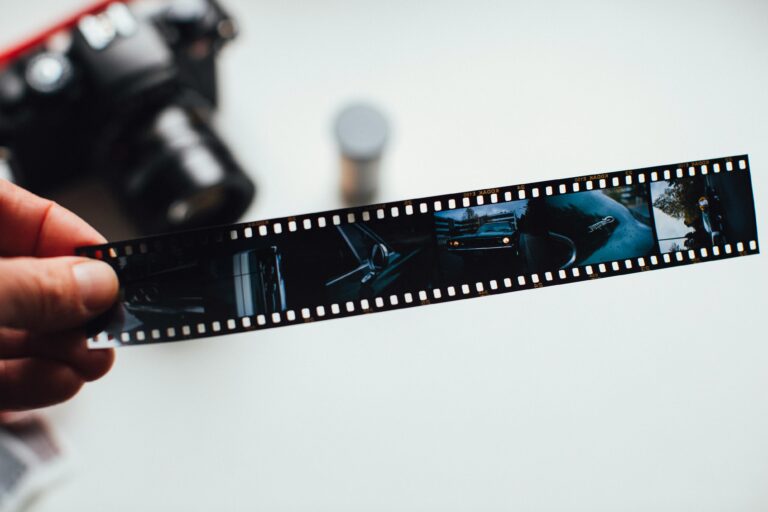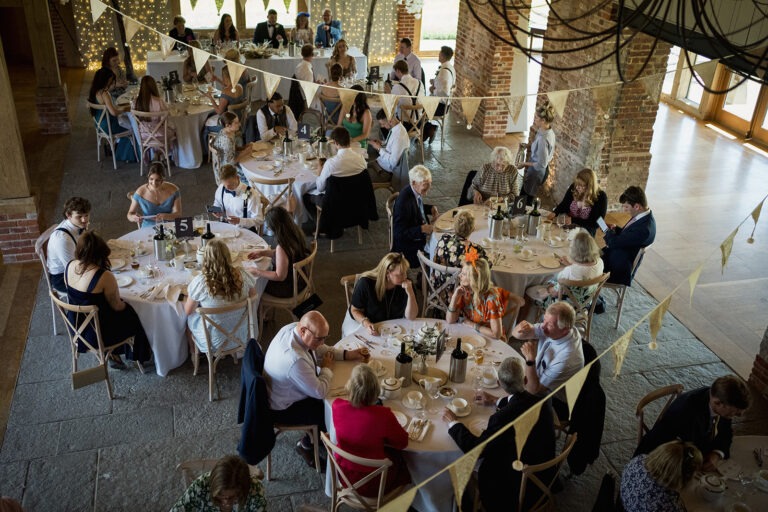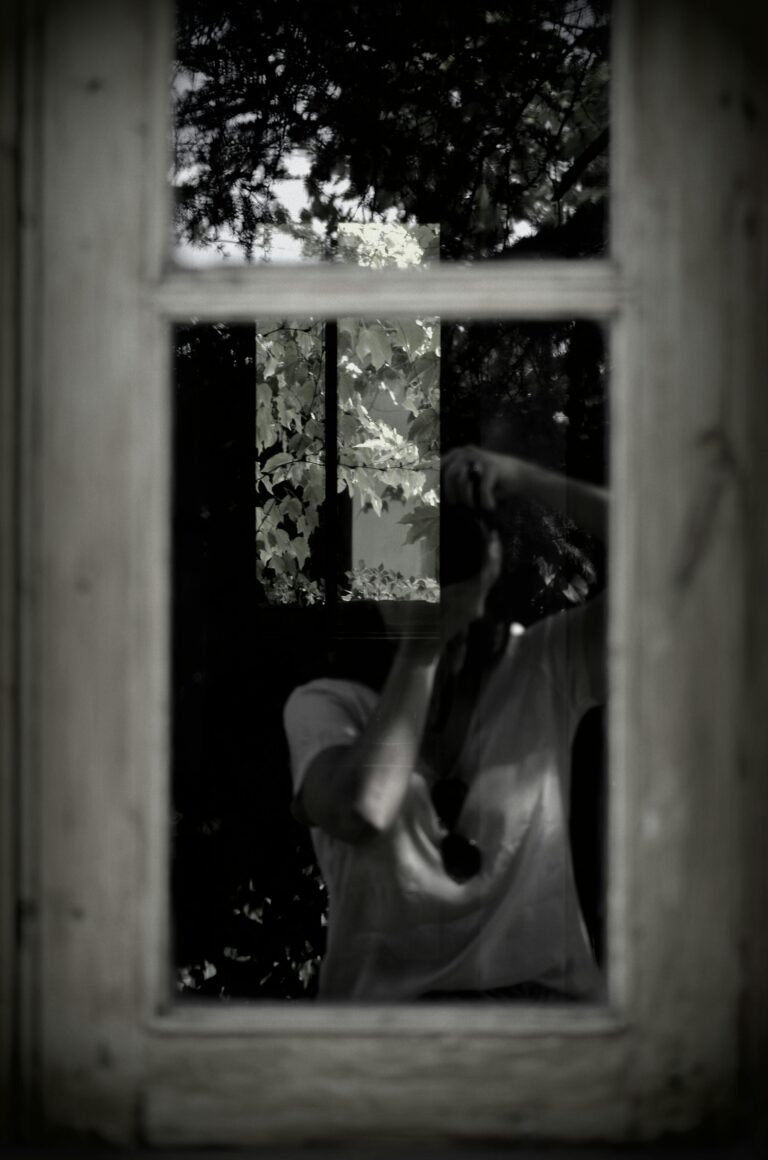Let’s be honest—how many times have you stood behind your camera, endlessly tweaking angles, waiting for the light to hit just right, obsessing over every little detail, hoping to capture the perfect shot? We’ve all been there. That holy grail of photography—perfection—is something we’re often told to chase.
But here’s the thing: does this obsession actually make us better photographers, or is it sucking the joy and creativity out of the process?
In a world where flawless images flood social media, it’s easy to feel like perfection is the goal. But what if it’s actually the biggest illusion in photography? What if true artistry lies in imperfection—the raw, unfiltered, messy, beautifully flawed moments we often overlook?
Let’s break it all down. Why do we chase perfection? Is it holding us back? And how can we learn to embrace imperfection as part of our creative process? Grab a cuppa, get comfy, and let’s chat about it.
The Perfection Trap: Why Are We So Obsessed?
From the moment we pick up a camera, we’re told there are rules to follow. The Rule of Thirds, perfect exposure, sharp focus, ideal composition. We’re made to believe that a “good” photo must tick all these boxes, and anything less is a failure. But who decided this? Sure, these guidelines can be helpful, but when we treat them as unbreakable laws, we end up shooting to impress rather than shooting from the heart.
Social media only fuels this pressure. Platforms like Instagram, Pinterest, and TikTok bombard us with hyper-polished, heavily curated images. Filters, presets, and meticulous editing ensure that every image looks flawless. It’s no wonder so many photographers feel stuck in an endless cycle of comparison and self-doubt. Instead of capturing what truly moves us, we start chasing what we think will “perform” well online.
Have you ever held back from posting a photo because it didn’t look “perfect” enough? That’s the perfection trap in action. Photography should be about storytelling, not just aesthetics.
The deeper problem with perfectionism is that it creates fear. Fear of making mistakes. Fear of trying new things. Fear of stepping outside the safe, polished images that get the most likes and comments. When photography becomes about validation rather than creativity, we lose the magic that first made us pick up the camera. We get stuck in a loop of self-doubt and hesitation, afraid to experiment because what if the results aren’t perfect?
Why Imperfection is Where the Magic Happens
A technically perfect image can be beautiful, but does it always leave a lasting impact? Often, the photos that truly resonate aren’t the ones with impeccable lighting and textbook composition—they’re the ones that capture raw, unscripted emotion. The tearful embrace at a wedding, the laughter mid-motion, the street scene that feels alive despite its chaos. These moments remind us that emotion trumps technical perfection every time.
Some of the best shots happen by accident. Maybe you misfocused, bumped your camera, or captured an unexpected blur. Instead of discarding these photos, take a second look. That unexpected blur might add movement and energy. The off-center composition might tell a more compelling story. The overexposed shot might create an ethereal, dreamlike effect. Many of the world’s most celebrated photographers built their careers on so-called “mistakes.” The sooner we stop fearing them, the more creative we become.
The magic of imperfection is that it allows personality to shine through. A technically “flawed” image can have more soul than one that ticks every compositional box. It’s the little quirks—the unplanned elements—that give a photograph depth and uniqueness. If you look at vintage photography, much of it is grainy, slightly blurred, and full of texture, yet it holds timeless beauty. Modern photographers often try so hard to achieve perfect sharpness and clarity that they lose the feeling of spontaneity.
How Chasing Perfection Can Ruin Your Creativity
Photography is meant to be fun, experimental, and deeply personal. But when we become obsessed with perfection, we risk sucking the joy right out of it. Editing is a great tool, but over-editing can strip away the soul of an image. We’ve all spent hours adjusting contrast, perfecting skin tones, tweaking the smallest details—only to end up feeling dissatisfied. There’s a fine line between enhancing an image and sanitising it to the point of lifelessness.
This perfectionism also makes us hesitant to take risks. If we’re too fixated on “getting it right,” we avoid experimenting with unusual lighting, bold angles, or unconventional compositions. But creativity thrives when we embrace unpredictability. Some of the most striking images in history were captured in low light, with unexpected framing, or in situations that weren’t “ideal.” The more we let go of control, the more we open ourselves up to genuine artistic expression.
And let’s not forget the mental toll. Perfectionism is exhausting. The constant self-criticism, the feeling that our work is never “good enough,” the stress of keeping up with impossible standards—it all drains our creative energy. Over time, this can lead to burnout, where photography stops feeling like a passion and starts feeling like a chore.
How to Ditch Perfection and Shoot with Freedom
If perfection is holding you back, it’s time to break free. One way to do this is by giving yourself a “no rules” challenge. Set aside a day to shoot purely for yourself—ignore the usual technical guidelines, play with odd angles, embrace motion blur, capture whatever catches your eye without overthinking it. You might be surprised by how much more life and authenticity your photos have when you stop chasing perfection.
Printing your “imperfect” shots can also be a game-changer. When we view images on a screen, we tend to zoom in and scrutinise every detail. But when a photo is printed and held in your hands, those tiny “flaws” become insignificant. What stands out instead is the emotion, the mood, the story.
Looking at the work of iconic photographers can also help shift your perspective. Robert Frank’s raw street photography, Daido Moriyama’s gritty black-and-whites, Vivian Maier’s unpolished yet deeply compelling portraits—these artists weren’t afraid to embrace imperfection, and that’s exactly what makes their work unforgettable.
Most importantly, take a moment to remember why you started photography in the first place. Before social media, before the pressure to be “perfect,” what drew you to pick up a camera? Was it the joy of capturing fleeting moments? The thrill of telling stories? The sheer fun of experimenting with light and composition? Reconnect with that original passion, and let go of anything that gets in the way of it.
Conclusion: Perfection is Overrated
At the end of the day, perfection in photography is just an illusion. The best images aren’t the ones that follow every technical rule to the letter—they’re the ones that make people feel something. When we stop chasing perfection, we open ourselves up to more creativity, more fun, and more meaningful photography.
So next time you hesitate before clicking the shutter, ask yourself—are you trying to take the “perfect” photo, or are you trying to capture something real? Because those messy, unplanned, beautifully flawed shots? They might just be your best work yet.
Keywords for SEO:
- Photography perfection myth
- Is perfect photography real?
- The illusion of the perfect shot
- Embracing imperfection in photography
- Why perfection in photography is overrated
- Photography creativity vs perfection
- Photography mistakes that work
- How to break free from photography perfectionism
- The power of imperfection in photos
- Authentic storytelling in photography
- Overcoming photography perfectionism
- The beauty of unpolished photography
- Creative freedom in photography
- How to embrace flaws in photography
- The dangers of chasing perfection in photography





